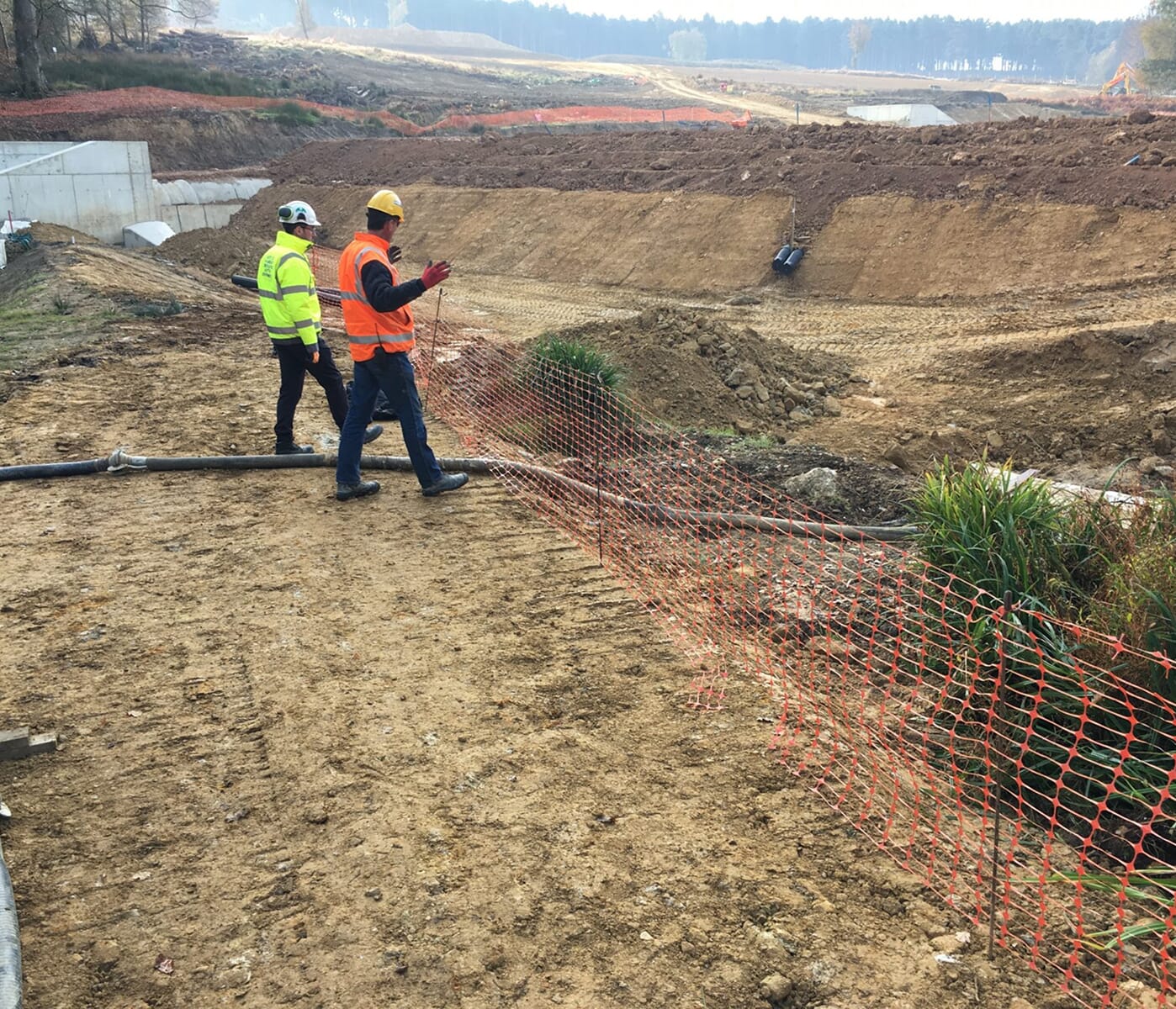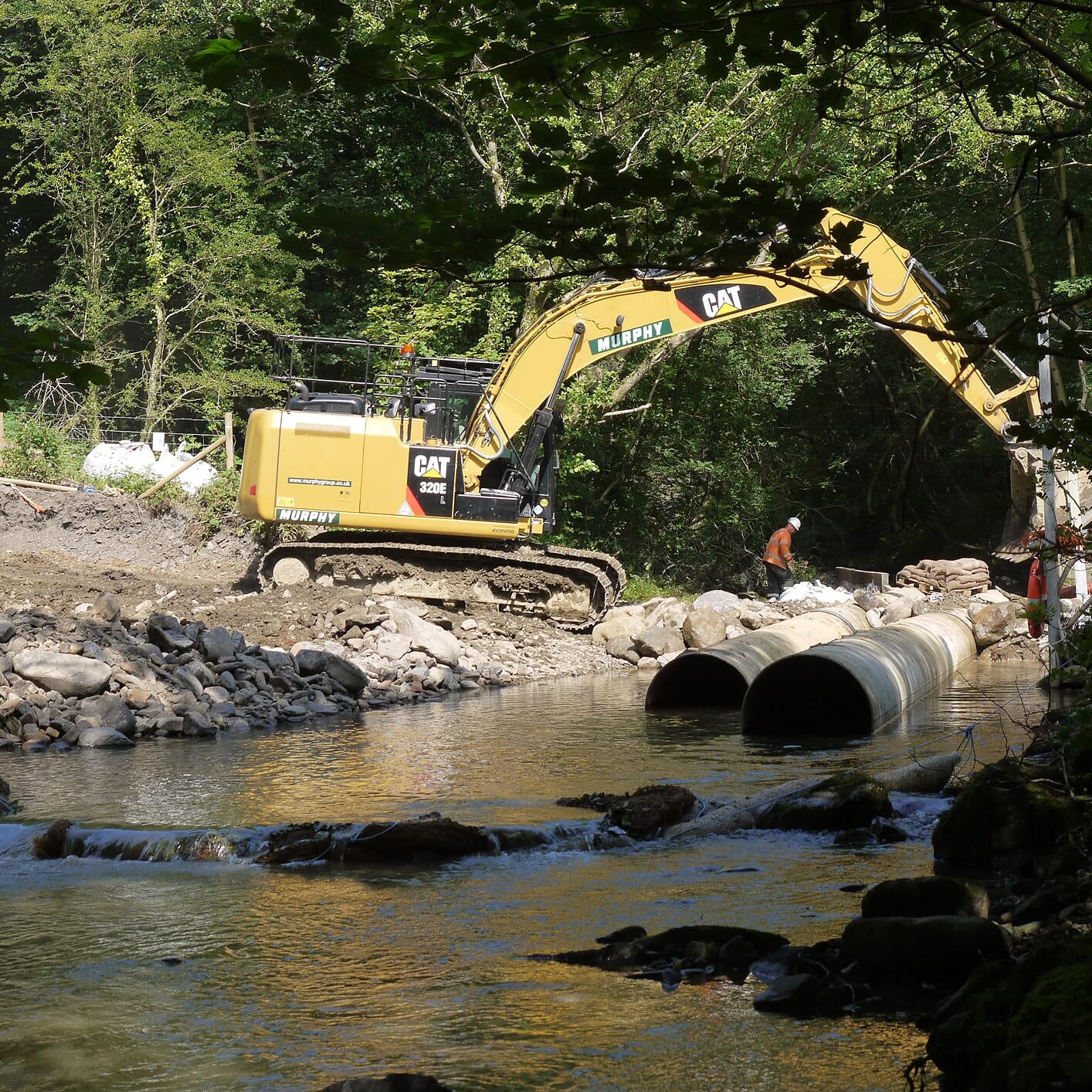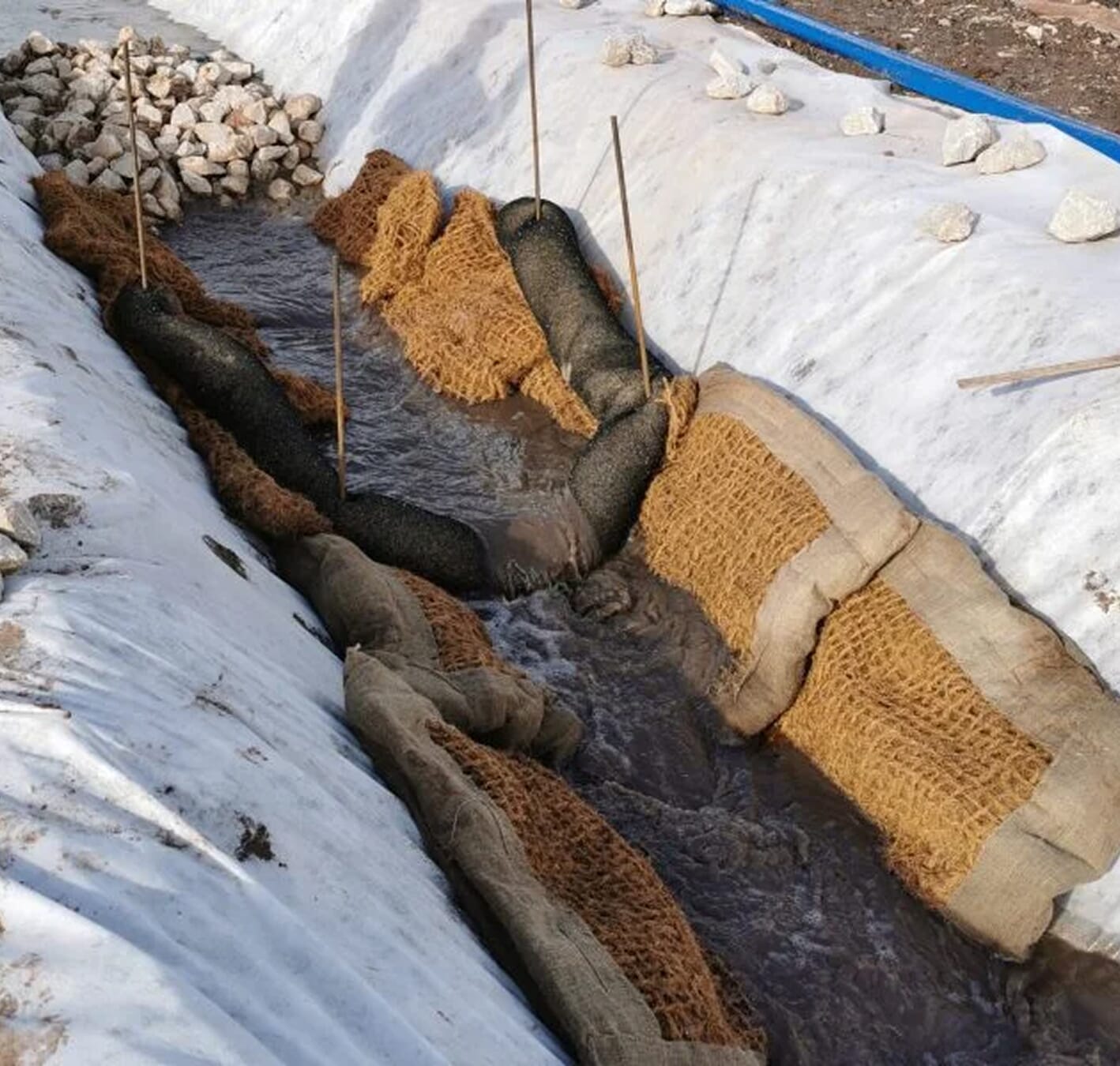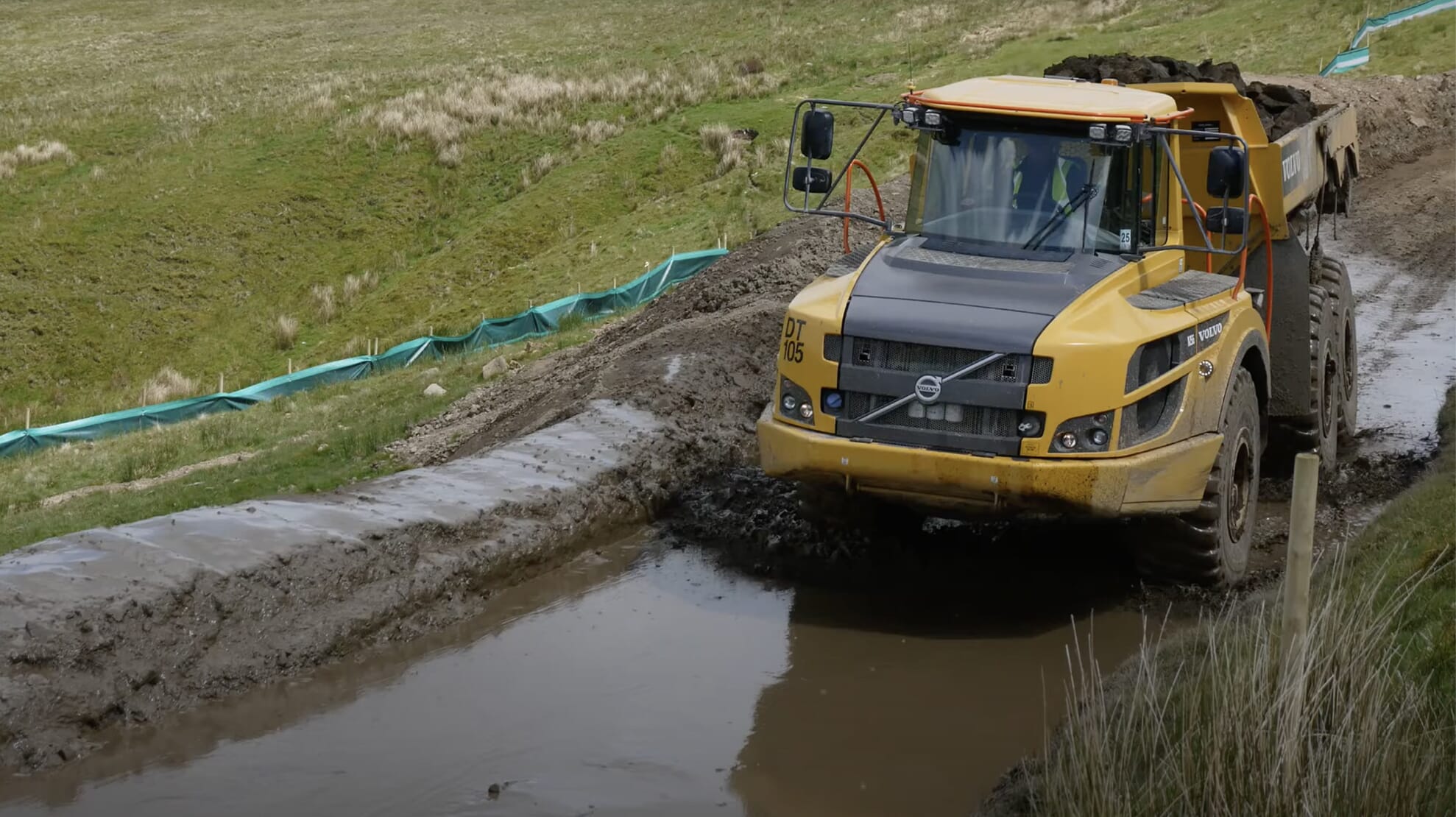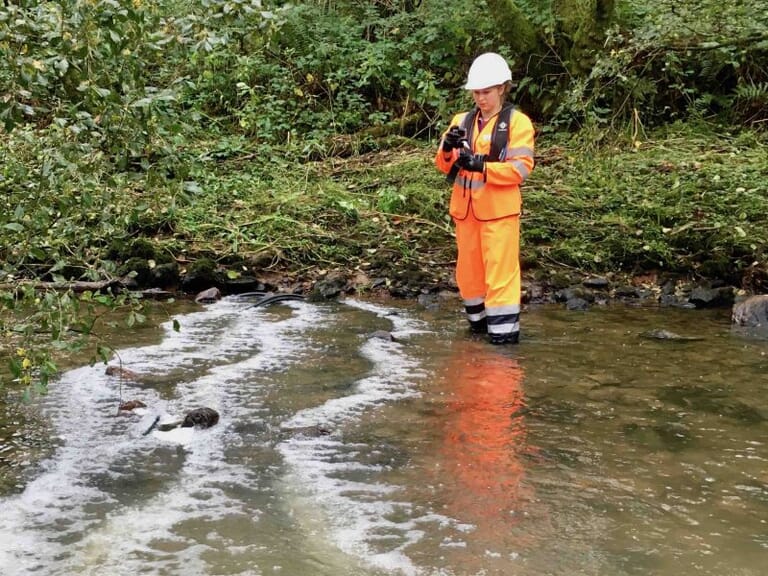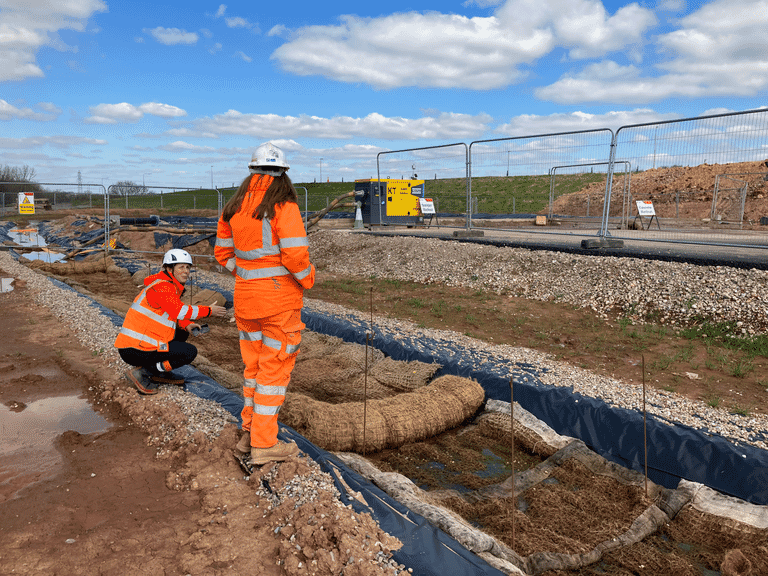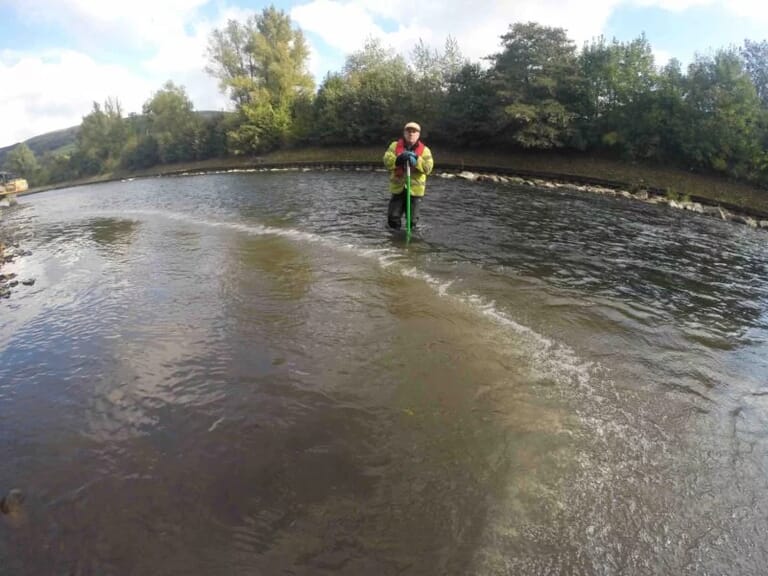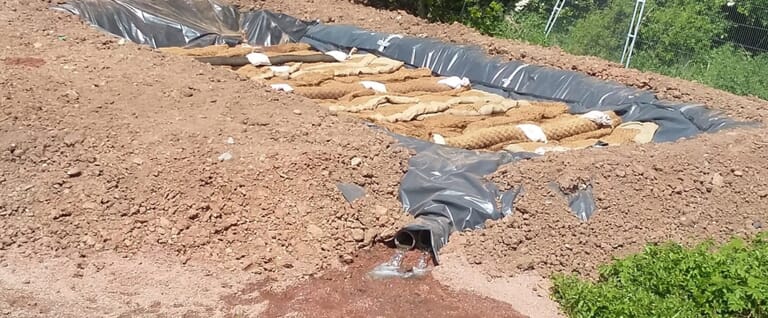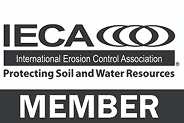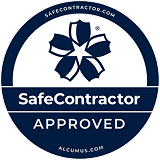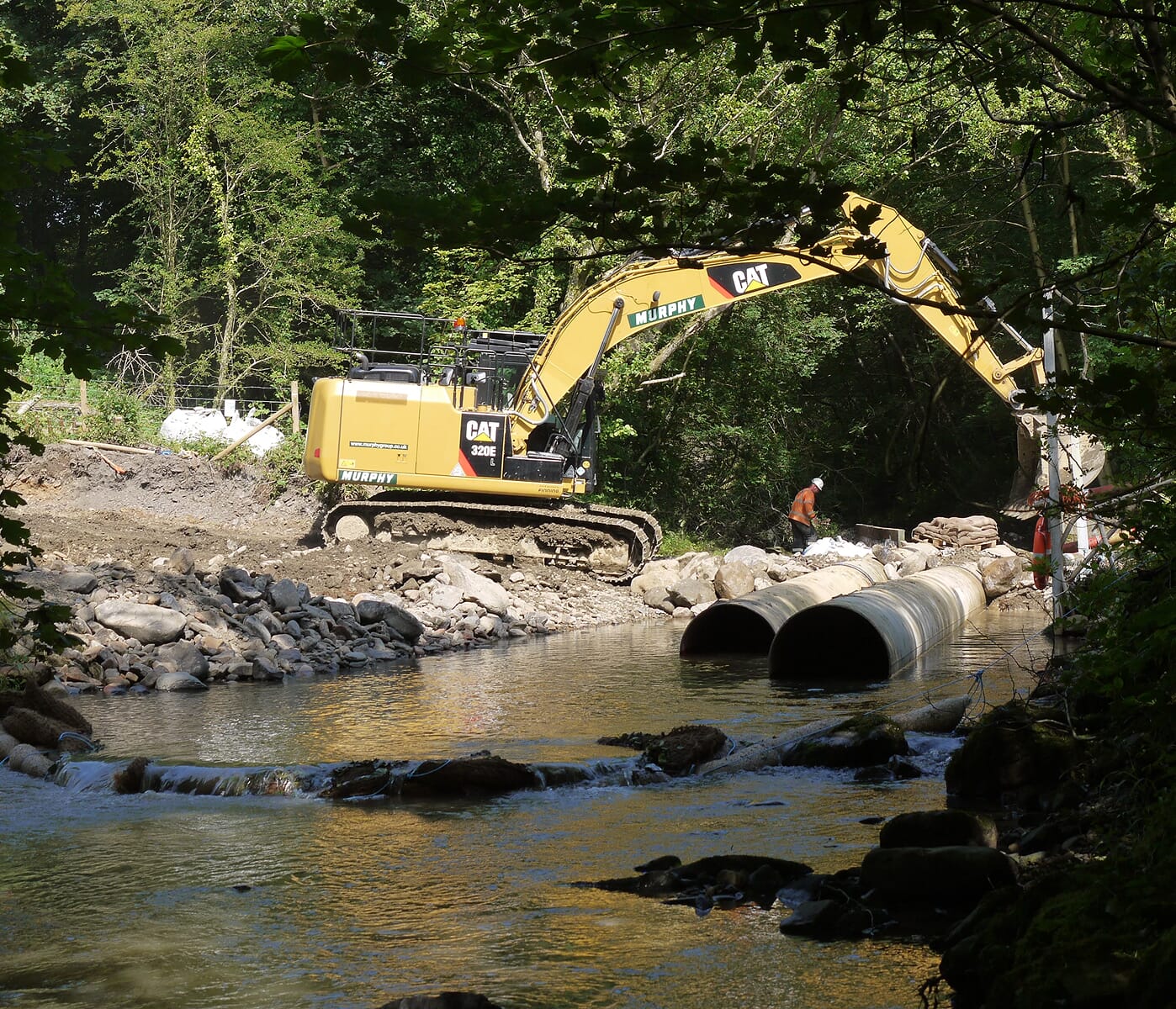
Managing silt on construction sites
Effective surface water management during construction is crucial to prevent sediment pollution and siltation, it will minimise the risk of prosecution, which can lead to significant financial penalties and reputational damage. Having a Surface Water Management Plan in place is important, however you must understand the physical properties of your site to be effective.
The adoption of a surface water plan including appropriate erosion and silt controls provides many benefits, including excess siltation on site:
- Reduce downtime costs and risk of delays to construction works from poor or wet ground conditions
- Save space and land acquisition costs by reducing reliance on settlement ponds
- Improve relationships with the client, regulator and neighbours
- Reduce complaints, disputes and the potential for compensation claims
- Enable quicker, cheaper and better land reinstatement
- Maintain and improve reputation within the industry
Sediments can be mobilised from a number areas on site:
- Roads and drainage ditches
- Excavations and dewatering areas
- Wheel washing facilities
- Surface soil stripping
- River crossings
- Material storage areas and stockpiles
We have decades of experience in advising clients on managing silt and sediment, and industry-leading products to help avoid risks of polluting. Contact our Technical Team for a no-obligation discussion, if you need help with site planning or remediation.
Contact UsWhy control siltation? Ensuring environmental safety on construction sites
Good surface water management is essential for the protection of sensitive environmental receptors such as aquatic life in rivers, streams and lakes. Groundwaters, drinking water aquifers, abstractions industrial and domestic processes as well as wastewater treatment facilities also require protection.
Sediment pollution can cause significant damage that may result in criminal prosecution, prison sentences and fines of up to £3 million.
Monitoring is an essential part of preventing silt pollution. You can find out more about this in our article on monitoring water during construction.
What is siltation?
Siltation refers to the process by which water bodies become polluted with fine particulate matter, mostly silt and clay. This occurs when soil erosion or sediment spills introduce fine particles into ditches, rivers, lakes, and other water bodies.
How can silt reach receptors?
Once sediments are mobilised they will travel the path of least resistance, often resulting in silty water escaping site. Key pathways include:
- Bore holes
- Land drains
- Ditches and streams
- Overland flow
- Surface water and foul drains
Why is silt-laden water run-off a significant issue in the construction industry?
Silt-laden water run-off is a major cause of water pollution from the construction and demolition industry in England and Wales, accounting for around 40% of the industry’s damaging water pollution incidents.
This type of pollution can deoxygenate water, block the gills of fish, and smother aquatic plants and invertebrates, leading to severe environmental damage and potential legal consequences.
By proactively addressing silt management, construction companies can reduce their vulnerability to pollution incidents, environmental damage, and legal repercussions
We offer free training on the risks of silt on a construction site and you can download our Silt Control Toolbox Talk to communicate key points to your team. We can also help you understand why your soil structure and particle size is important and offer support around mitigations when looking at SWMPs.
Bringing our water quality and silt control specialist team of consultants on board early allows you to prevent issues arising; through training up your staff, offering technical design and site preparation support, as well as products that are engineered to meet needs across a wide range of industries.
We offer a non-obligatory call or Teams meeting with our Technical Team to talk through your needs at any stage of your project to see where we or our environmentally-friendly product solutions may help.
For products, services, training and technical sales support contact us or call 0345 057 4040.
Contact UsDisclaimer: This article is correct at the time of writing and while we endeavour to update annually, legislation may change over time. We pride ourselves on providing site-specific advice. Please contact us about your situation; we’d be delighted to help.
